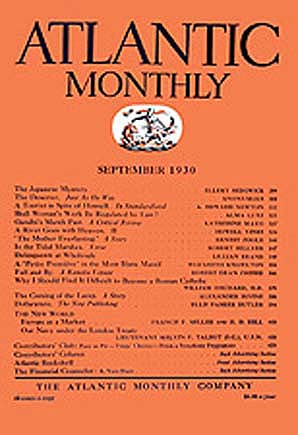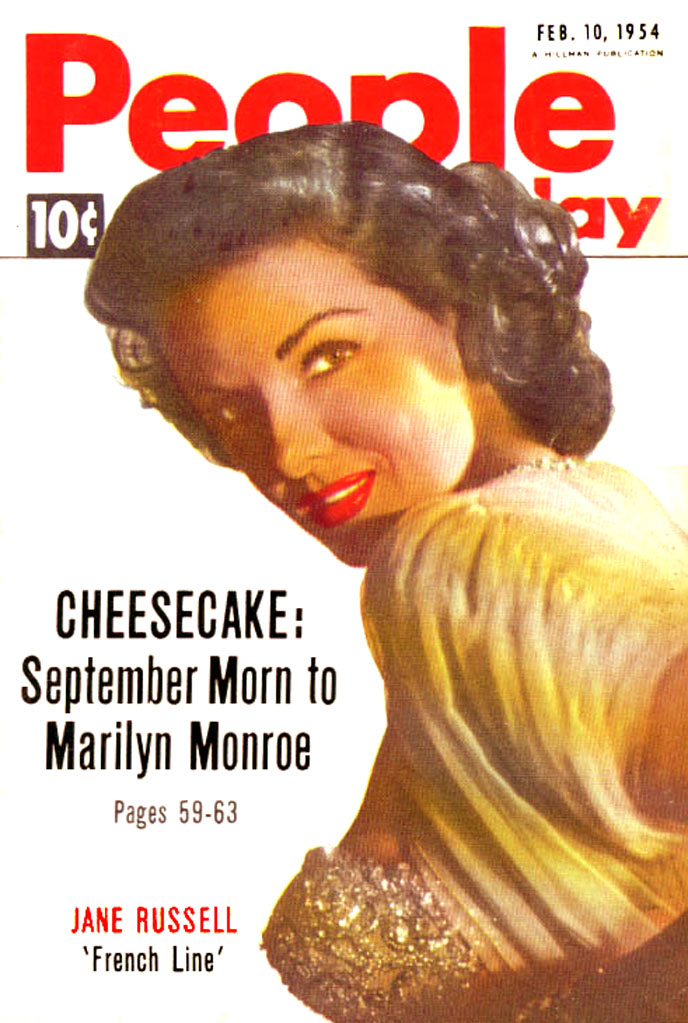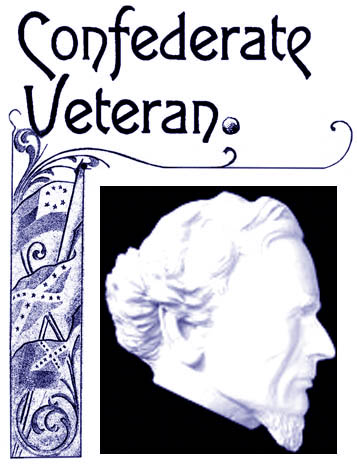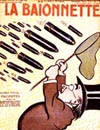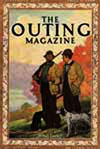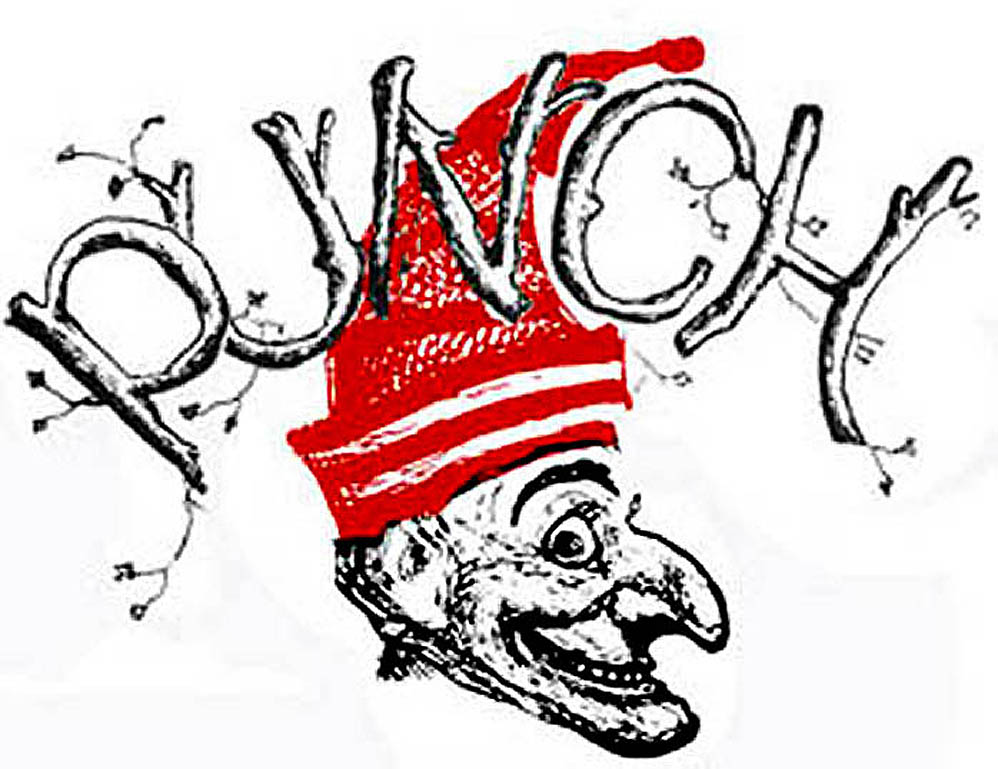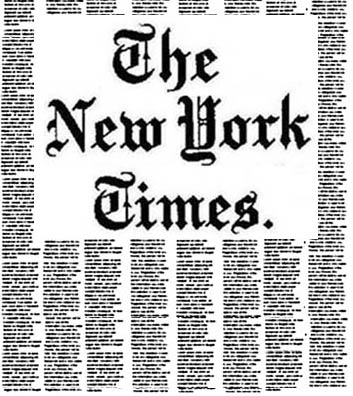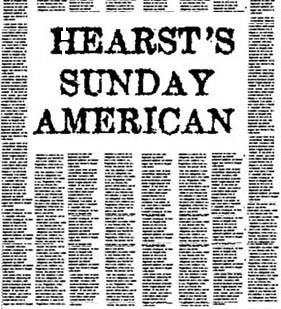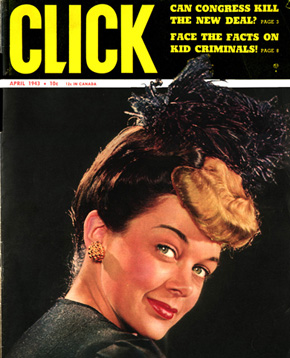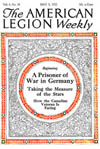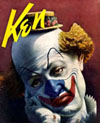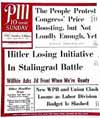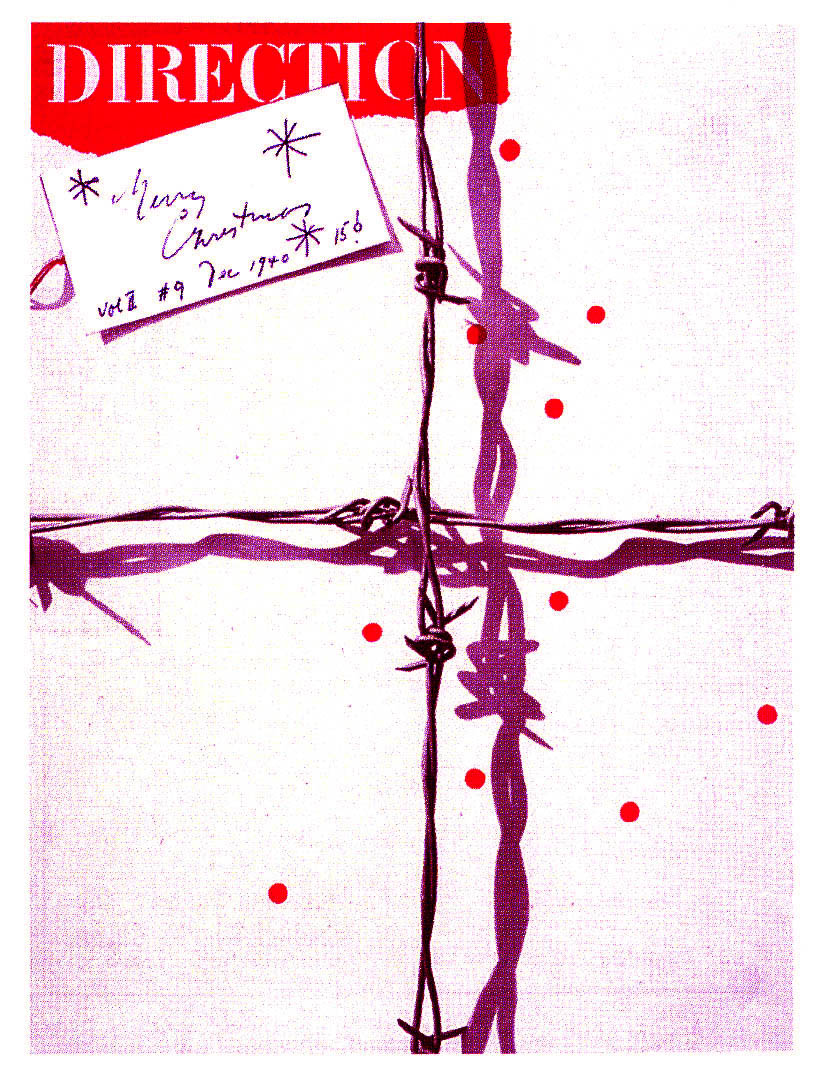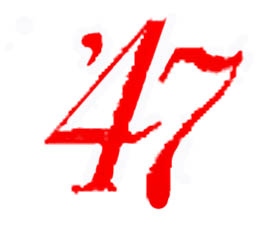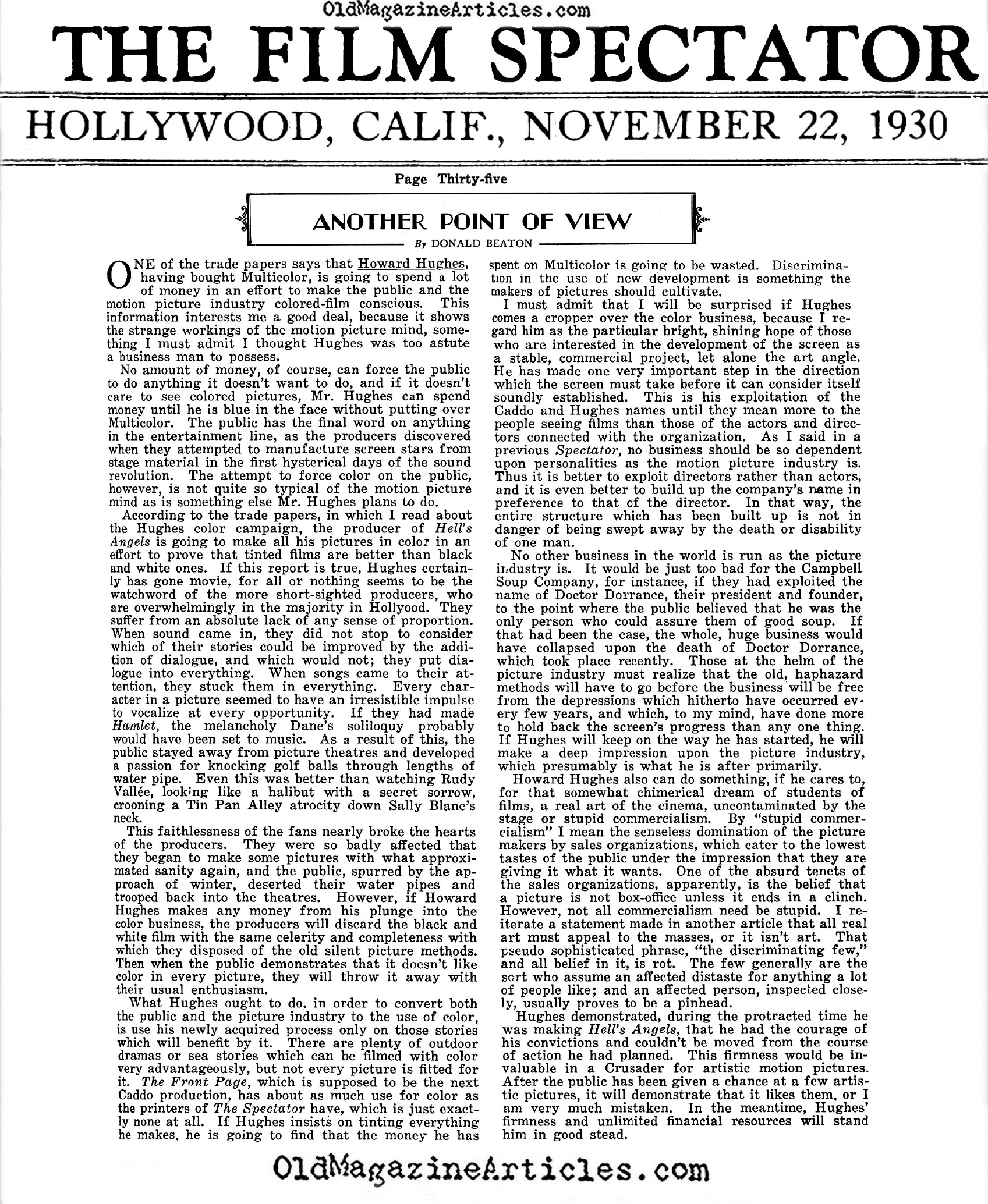“Brigadier General Rawley Chambers, the Army’s chief of neurology and psychiatry, listed four techniques in front-line treatment:
1.) – treat as far forward as possible
2.) – avoid a hospital atmosphere
3.) – screen out recoverable patients quickly
4.) – re-profile if necessary; that is, find the man a new job but don’t lose him entirely.”
“Now of every neurotic psychiatric patient reporting to forward aid stations, 45 go back to their units in a few hours. Rest, hot food, mild sedation and encouragement are what do it. Another 25 return after the same kind of treatment for a slightly longer period, perhaps overnight, at the regimental or division level, where the psychiatrist has his headquarters. Only 30 move farther away, to rear-area hospitals, and half this number are salvaged for non-combat work. Only five have to be shipped back to the States.”
Click here to read about the necessity of rest after battle.
Click here to read psychological study of fear in Combat.
Click here to read psychological study of bravery in combat.
Click here to read about the what its like to kill in war…
From Amazon: Psychology for the Fighting Man
– also from Amazon: Cowardice: A Brief History
Also from Amazon:
The Psychology Book (Big Ideas Simply Explained)
KEY WORDS: Combat Neuro-Psychiatric Casualties also called combat fatigue patients,Exhaustion from Battle in the Korean War 1950 – 1953,US army medical department treatment of combat fatigue Korean War,US army medical department treatment of combat Neuro-Psychiatric patients Korean War,front-line combat psychiatrists at work during the Korean War


